- How Meteorologists Predict Storms Using Satellite Data - October 3, 2025
- What Causes Rainbows And Why They’re Always Curved - October 1, 2025
- 3 Industries Face Crushing New Tariffs as Trade War Escalates - September 28, 2025
Extreme Weather Events Drive Agricultural Losses to Record Highs
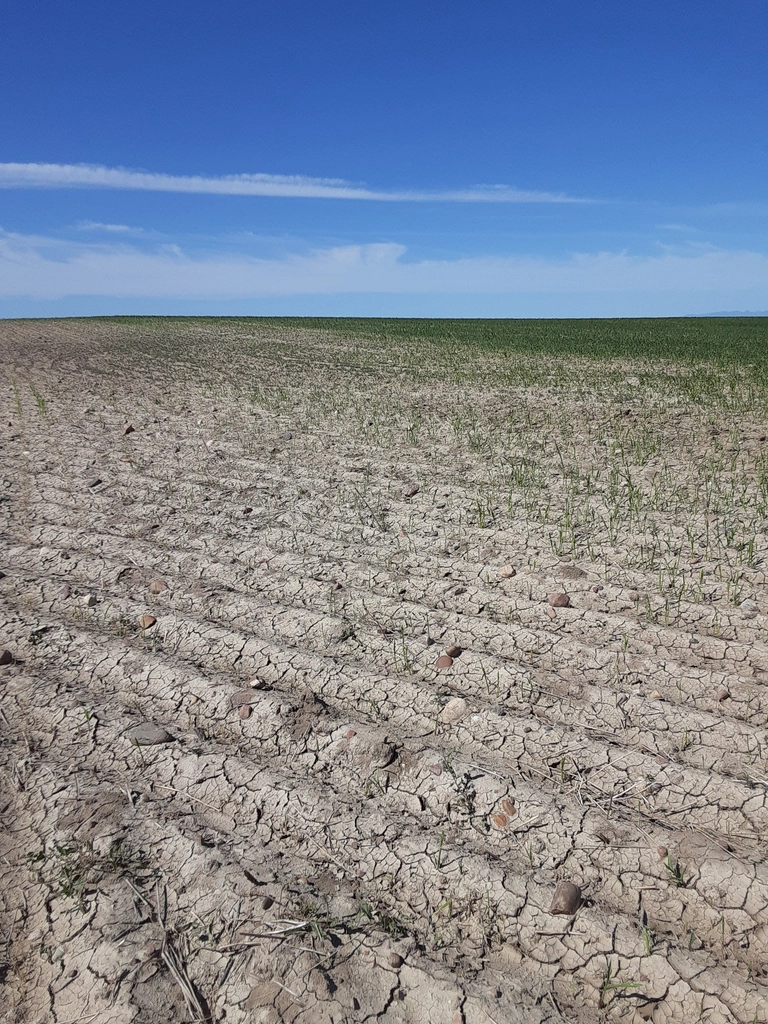
Weather patterns have fundamentally transformed how farmers approach their crops, and the numbers paint an alarming picture. Flooding and excessive precipitation across the Upper Midwest, combined with corn’s dominant role in U.S. agriculture, kept corn losses at the top, totaling $3.85 billion in 2024. This wasn’t just a one-off year either – drought, excessive heat and wildfires led to over $11 billion in crop losses, while excessive precipitation, flooding and hurricanes accounted for $6.7 billion. The sheer scale of these losses reveals how vulnerable our food systems have become to weather variability.
When we put these figures in context, they represent a massive shift in agricultural risk. Think of it like a poker game where the stakes keep getting higher every year. Texas suffered the most significant agricultural losses for the third consecutive year, with total incurred damages exceeding $3.4 billion. What makes this especially concerning is how consistent these massive losses have become across multiple years, suggesting this isn’t just bad luck but a new normal.
Temperature Changes Create Winners and Losers in Global Crop Production
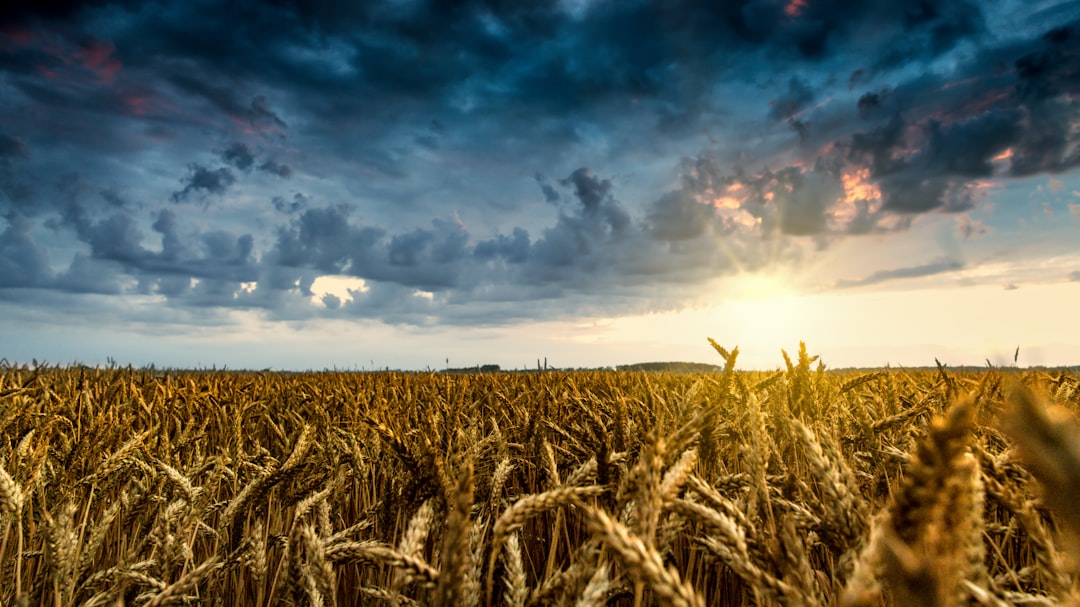
Rising temperatures don’t affect all crops equally, and that’s where things get really interesting. Studies that separate out climate change from other factors affecting crop yields have shown that yields of some crops (e.g., maize and wheat) in many lower-latitude regions have been affected negatively by observed climate changes, while in many higher-latitude regions, yields of some crops (e.g., maize, wheat, and sugar beets) have been affected positively over recent decades. This creates a complex puzzle where farmers in Minnesota might benefit while those in Texas struggle with the same temperature increases.
The NASA findings on future projections are particularly striking. Maize crop yields are projected to decline 24%, while wheat could potentially see growth of about 17%. These aren’t small adjustments we’re talking about – they’re massive shifts that could reshape global food production. Warming compounded by drying has caused large negative effects on yields in parts of the Mediterranean, showing how temperature and precipitation changes work together to devastate certain regions.
Precipitation Patterns Become Increasingly Unpredictable
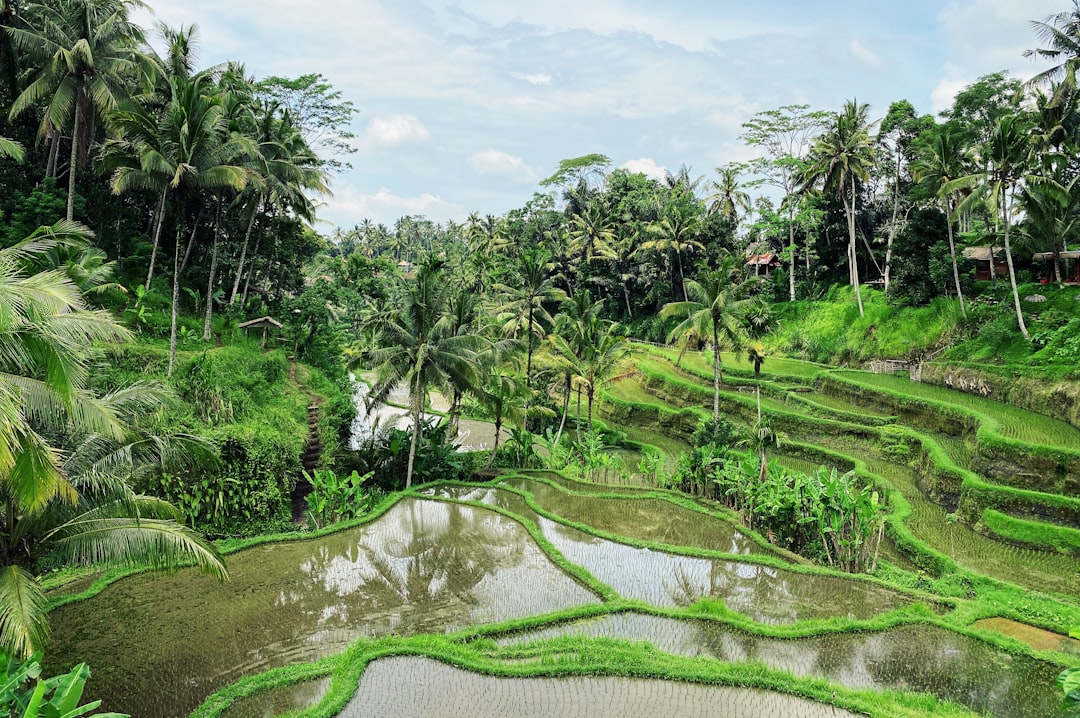
Water is the lifeblood of agriculture, but climate change is making rainfall patterns increasingly erratic. In addition to drought and heat, heavy rains have pummeled crops in northwest Iowa and southwest Minnesota, corn and soybeans taking the brunt of the damage. This creates a cruel irony where farmers face both too much and too little water, often in the same growing season.
The flooding situation has become particularly problematic in traditionally productive agricultural regions. Intense flooding in June drove more than 80% of the state’s total losses, severely impacting agricultural production across the Upper Midwest. Imagine trying to plan your planting schedule when you can’t predict whether your fields will be underwater or bone dry. During this time, wildfires tore through vineyards in Chile and drought led to lower production of soybeans, corn and wheat in Argentina, for example, showing how these precipitation extremes affect farming worldwide.
Drought Conditions Devastate Traditional Agricultural Strongholds
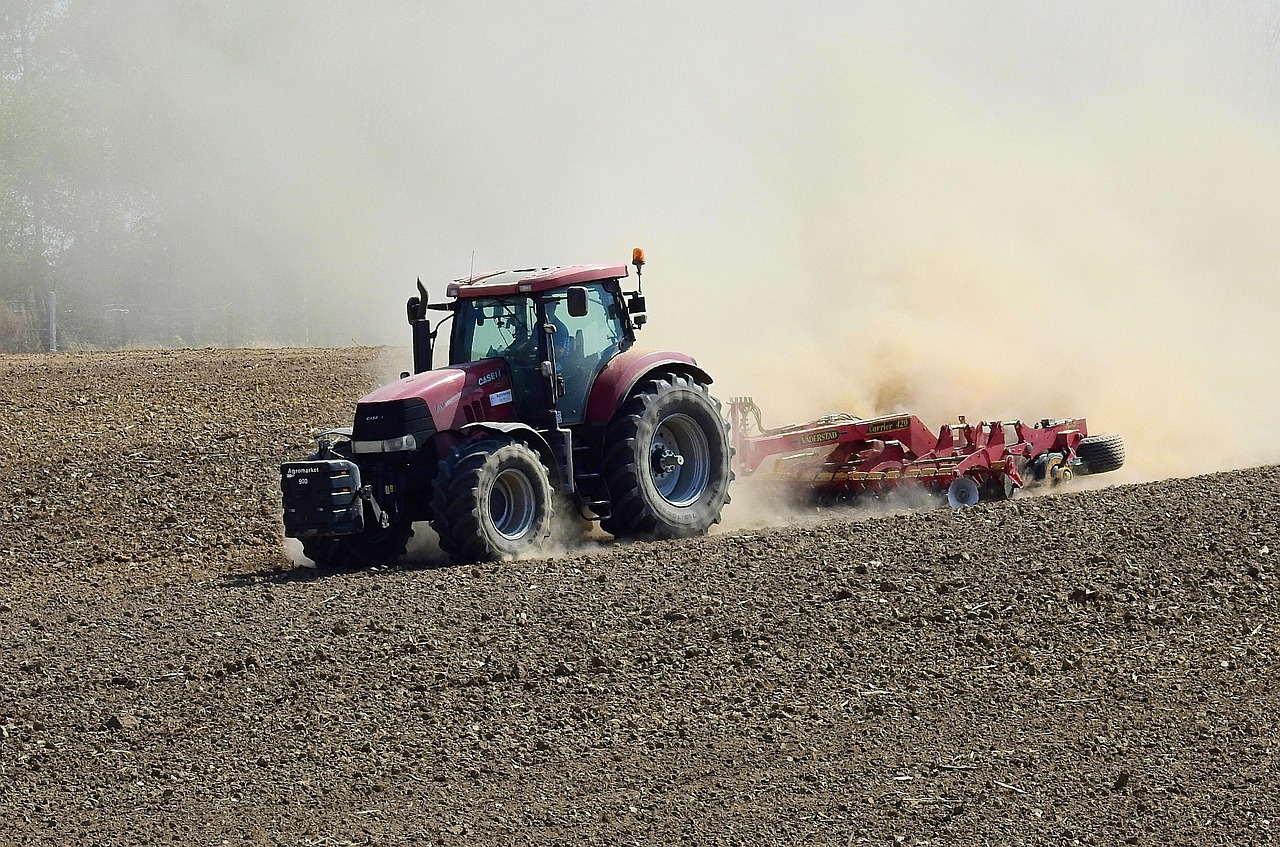
Drought has emerged as the single most expensive weather disaster for agriculture. The most expensive cause of crop loss nationally was drought at $56.6 billion over a two-decade period, demonstrating its massive impact on farming economies. What’s particularly troubling is how drought affects the agricultural heartland – aside from Texas, which received the most in indemnities, the top-10 states are all in the Mississippi River basin.
Recent years have shown just how devastating sustained drought can be. In 2023, Texas suffered the most significant hit for the second year in a row, with over $4.8 billion in incurred losses primarily made up of $2.3 billion in damages to cotton, $1.5 billion in damages to forage and rangeland and $408 million in wheat damage. Close to 80% of Texas losses were attributed to widespread exceptional drought conditions. Think about that for a moment – nearly four out of every five agricultural losses in Texas came from just one weather pattern.
Heat Stress Compounds Agricultural Challenges
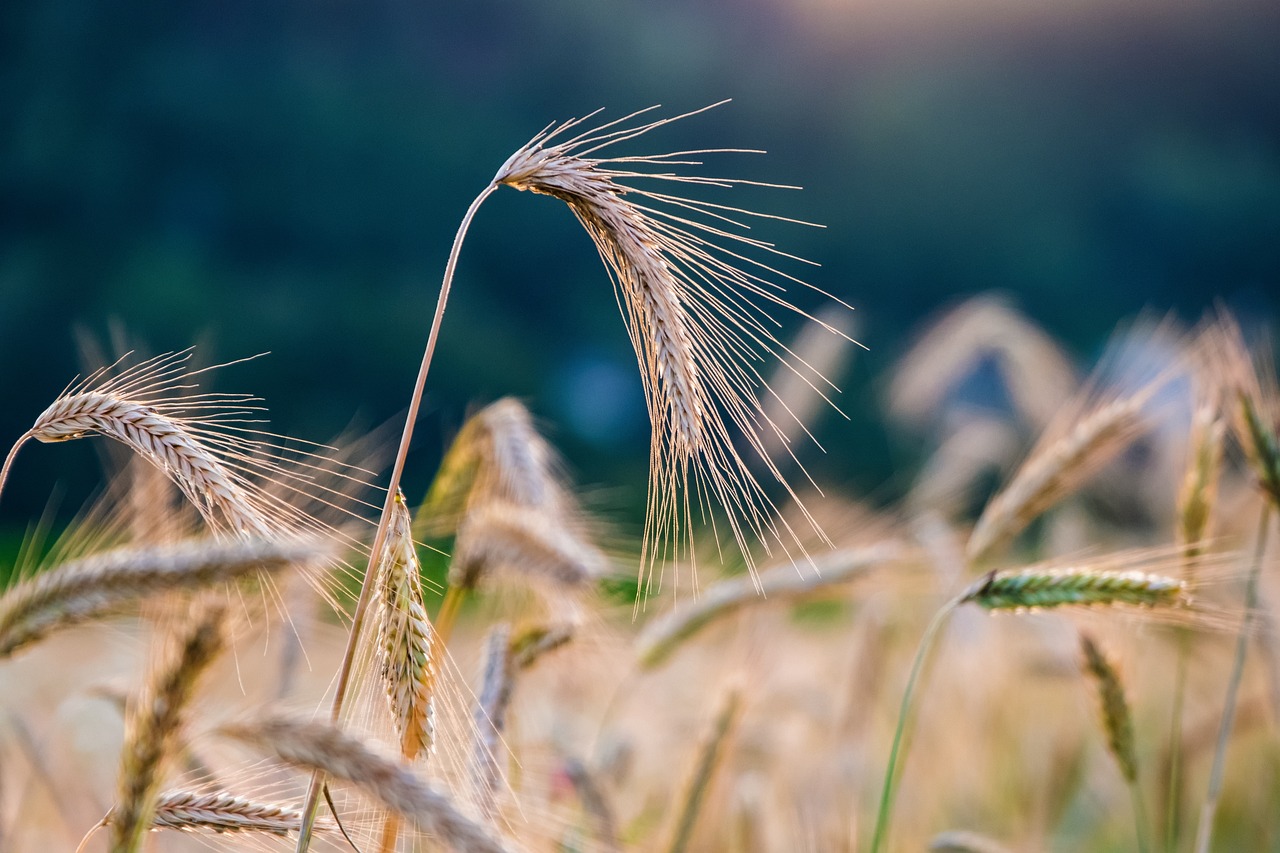
Extreme heat doesn’t just make farmers uncomfortable – it fundamentally changes how crops grow and develop. Payouts for heat-related crop failures, for example, increased by more than a thousand percent from $142.5 million in 2001 to $1.6 billion in 2022 — the largest jump of all categories. Drought-related indemnities came with the most expensive price tag in 2022: $7.6 billion, a 690% increase from 2001 payments. These aren’t gradual changes – they’re exponential increases that suggest something fundamental has shifted in our climate system.
The heat effects go beyond just damaging crops directly. For example, in 2010 and 2012, high nighttime temperatures affected corn yields across the U.S. Corn Belt, and premature budding due to a warm winter caused $220 million in losses of Michigan cherries in 2012. It’s like the weather is playing tricks on plants, confusing their natural timing and causing them to make fatal mistakes in their growing cycles.
Flooding and Heavy Precipitation Destroy Crop Infrastructure
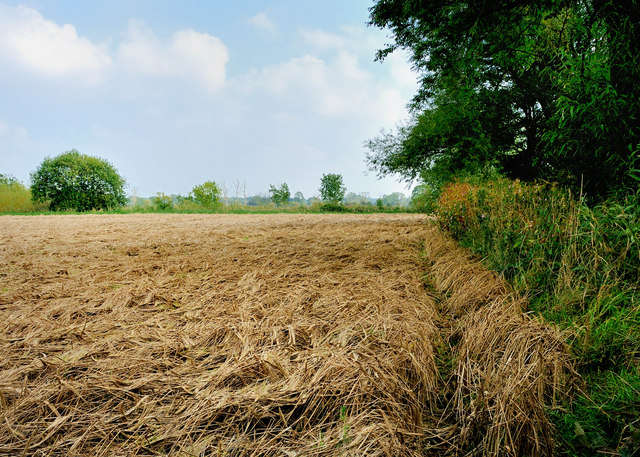
While drought gets a lot of attention, flooding can be just as destructive to agricultural productivity. Climate change is expected to increase the frequency of heavy precipitation in the United States, which can harm crops by eroding soil and depleting soil nutrients. This creates a double hit – not only do crops get damaged immediately, but the productive capacity of the land itself gets diminished for future seasons.
The international scope of flood damage shows this isn’t just an American problem. For example, a World Weather Attribution (WWA) study found that climate change and El Niño made the 2024 heavy rainfall and floods in the Brazilian state of Rio Grande do Sul more likely and intense. These floods impacted fields of soybeans, killed more than 150 people and displaced more than half a million. When you consider that Brazil is a major global supplier of soybeans, these regional flooding events ripple through international food markets.
Storm Systems and Hurricane Damage Escalate Agricultural Risks

Hurricane damage to agriculture has become a recurring nightmare for farmers in vulnerable regions. Hurricanes Helene and Milton devastated the Southeast, claiming at least 251 lives, destroying hundreds of homes and vital infrastructure and causing economic damage totaling $113 billion. When combined with the economic toll of three other hurricanes, the 2024 hurricane season inflicted over $124 billion in losses. These storms don’t just destroy current crops – they can damage orchards, vineyards, and other perennial crops that take years to reestablish.
In Jamaica, a hurricane destroyed millions of dollars’ worth of crops in July 2024, showing how even smaller island nations face massive agricultural losses from storm systems. The unpredictability of these events makes it incredibly difficult for farmers to plan and invest in their operations. It’s like trying to build a business when you never know if a wrecking ball might show up next week.
Regional Variations Show Uneven Climate Impacts
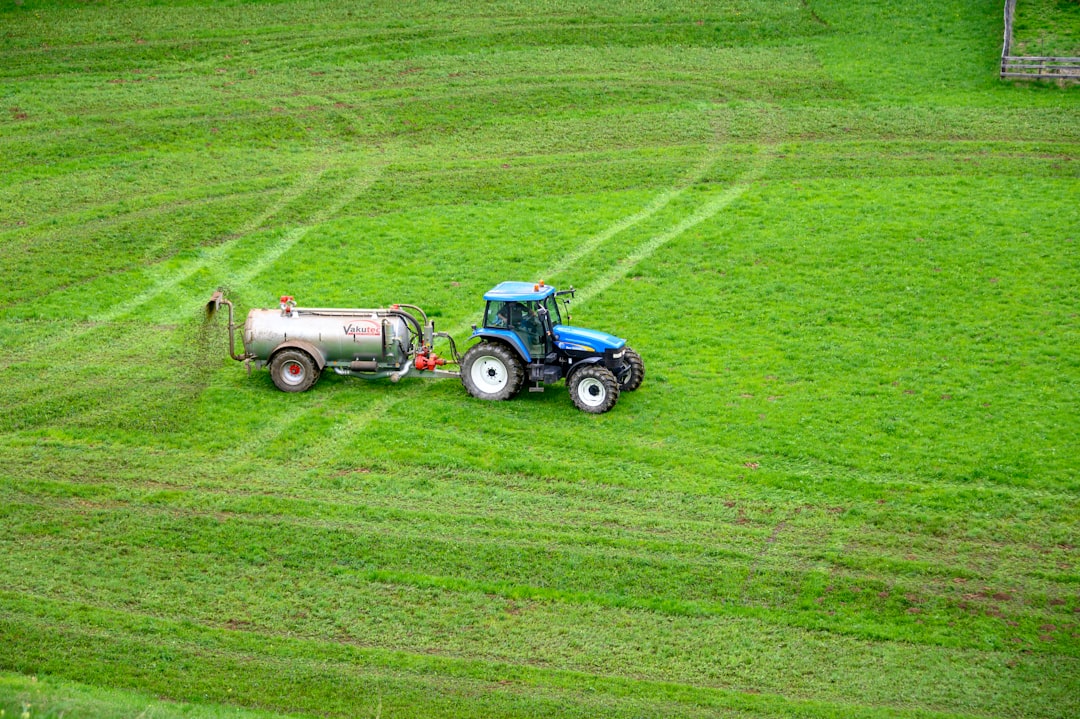
One of the most fascinating aspects of weather’s impact on agriculture is how dramatically different regions experience these changes. In some parts of Nepal, apples now need to be grown at higher altitudes due to changing conditions, says Ananta Prakash Subedi, an assistant professor at the Agriculture and Forestry University in Nepal. He tells Carbon Brief: “In the mid-hills of Nepal, which is famous for mandarin orange…[the crop is] also being affected badly. Citrus declining and diseases, along with numerous insects are affecting mandarin oranges.” This shows how farmers have to completely rethink where and what they grow.
The contrasts become even more striking when you look at specific weather patterns. In 2024, Texas suffered the most significant agricultural losses for the third consecutive year, with total incurred damages exceeding $3.4 billion. More than 66% of Texas’ total losses were attributed to widespread drought, excessive heat and hot wind, with the most severe impacts occurring between June and September. Meanwhile, other regions dealt with completely different challenges, showing how climate change creates a patchwork of agricultural risks.
Technology and Forecasting Adapt to New Weather Realities
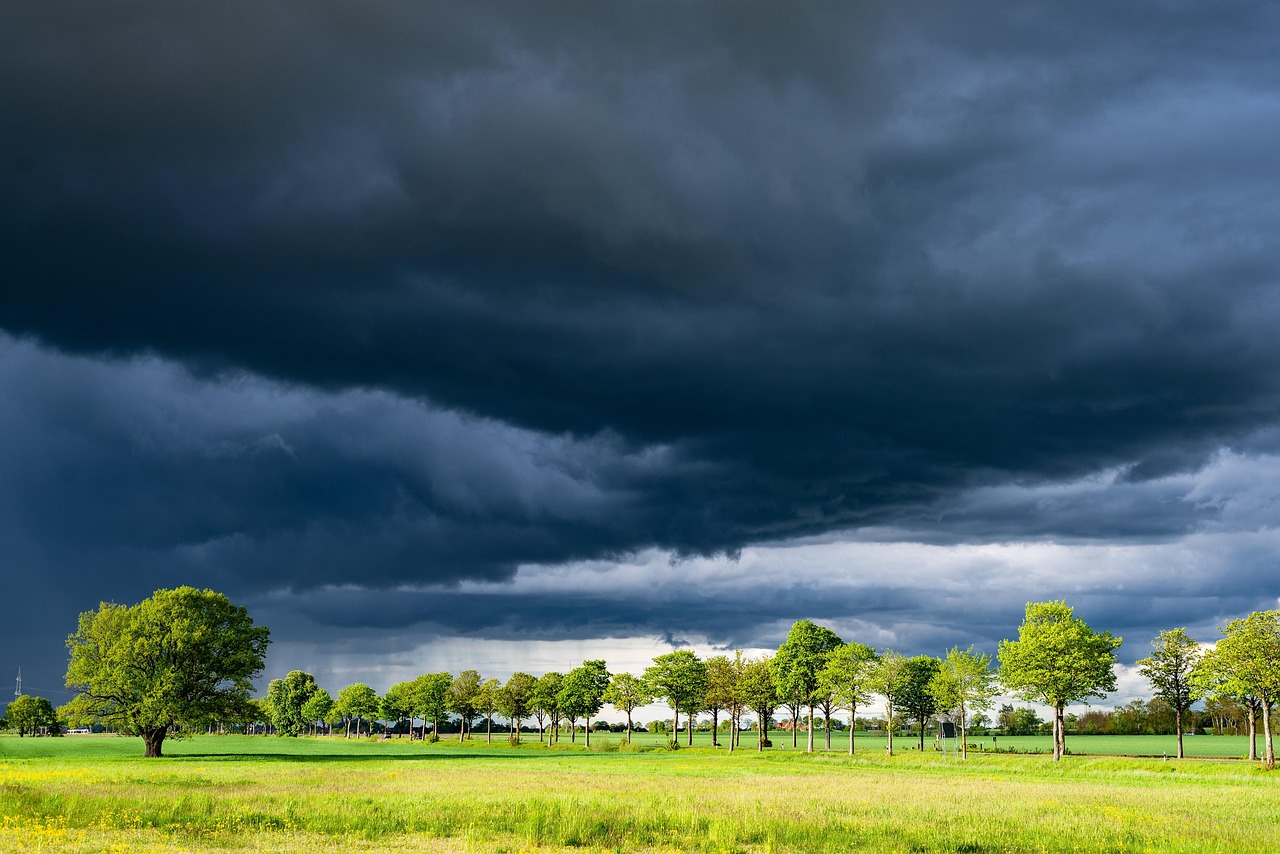
The agricultural sector hasn’t just been sitting idle as weather patterns change – there’s been a massive investment in weather forecasting technology. The global Weather Forecasting for Agriculture Market size was valued at USD 1.20 Billion in 2025 and is projected to expand at a CAGR of 8.3%, reaching a value of USD 2.20 Billion by 2032. This represents farmers desperately seeking better tools to navigate increasingly unpredictable weather.
These technological advances are becoming increasingly sophisticated. Certain pests and fungal diseases correlate directly with weather patterns—humidity, temperature, and wind all play roles. By predicting these variables, forecasting tools help trigger early warnings, allowing for timely deployment of agrochemicals or biological controls. It’s like giving farmers a crystal ball, but one that’s based on complex meteorological data rather than magic. Disaster risk reduction, particularly in the face of increasing droughts and floods, relies heavily on robust early warning systems powered by both short and long term forecasts.
Crop Insurance Systems Strain Under Mounting Weather Losses
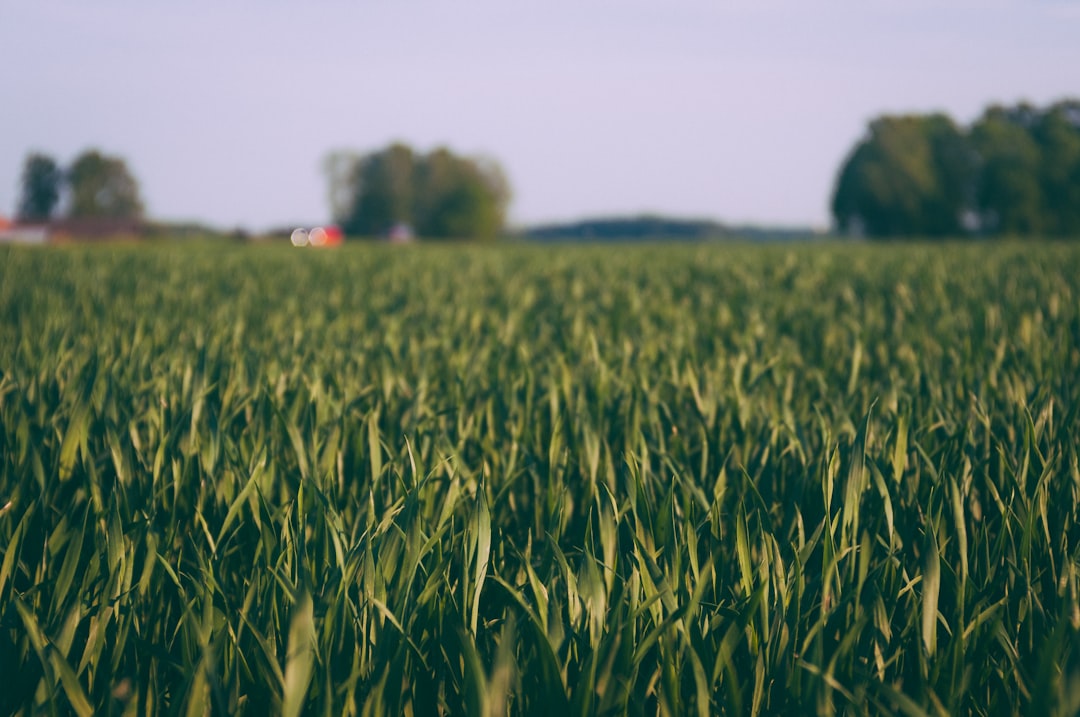
The traditional crop insurance system is buckling under the pressure of increasingly severe weather events. Of the $158 billion in total RMA-insured crop value (liabilities), 7% resulted in indemnity payments in 2024. Notably, crop insurance played a critical role in mitigating these losses, covering over 53% of weather-related damages, providing essential financial relief to affected farmers. While this sounds supportive, it also reveals how much financial risk weather now poses to agriculture.
Crop insurance payouts surpassed $118 billion between 2001 and 2022 nationally for damage caused by extreme weather like drought, heat and floods. The report, released this week by the advocacy organization Environmental Working Group, points to climate change’s increasing impacts to agriculture. This massive increase in payouts suggests that either weather is getting worse, or farmers are becoming more dependent on insurance to survive weather-related losses. Probably both.
Future Projections Paint a Challenging Picture
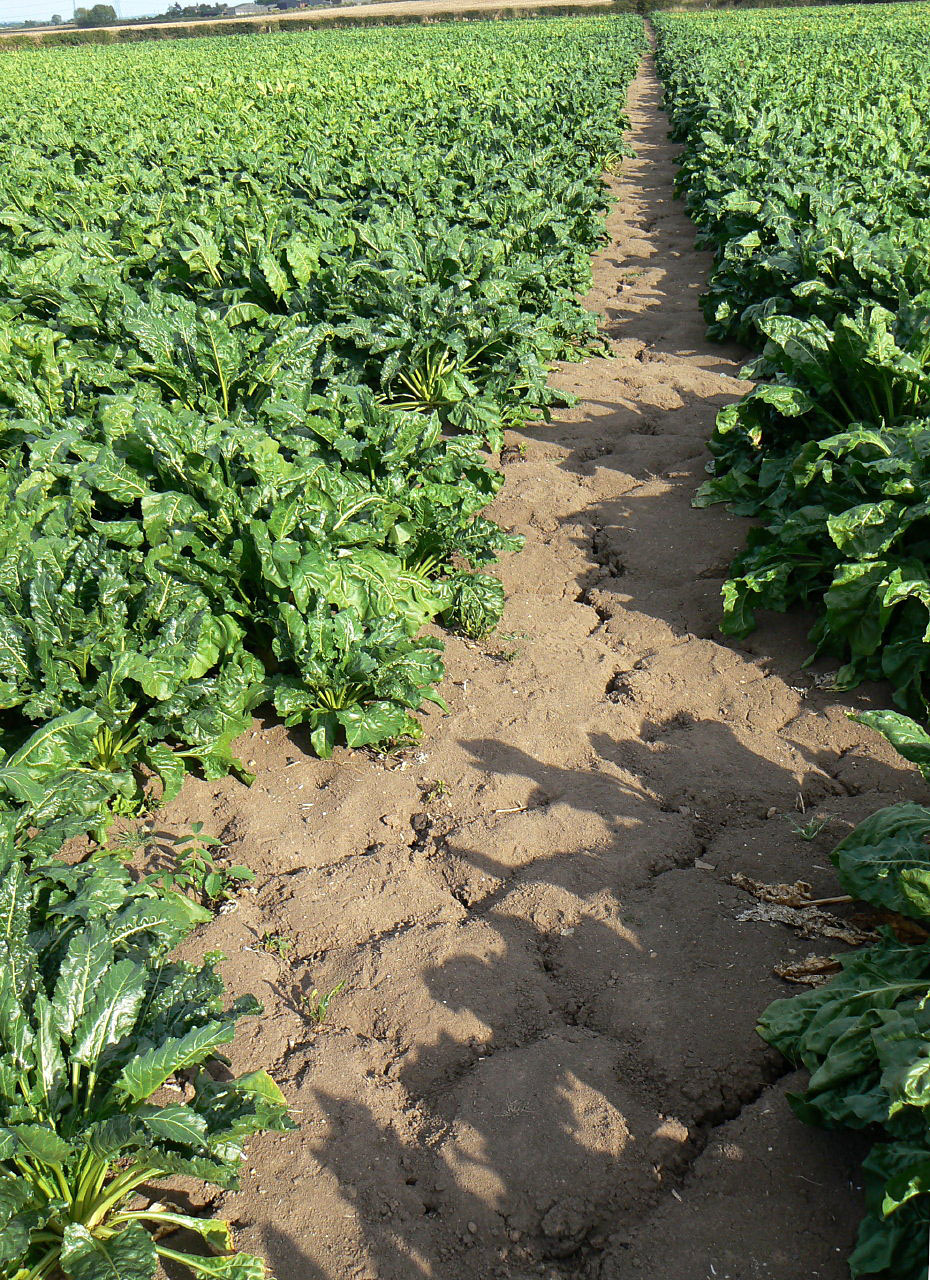
Looking ahead, the scientific consensus suggests agricultural challenges will intensify. In Sub-Saharan Africa, staple crop yields are projected to decline by 10%–20% by 2050 under current climate trends, threatening food security and rural economies. In Ethiopia, maize yields may decrease by around 15% by 2050 due to temperature increases and erratic rainfall. These aren’t abstract numbers – they represent potential food shortages for millions of people.
“Sudden food production losses” due to extreme weather events have become increasingly frequent “since at least [the] mid-20th century”, according to the sixth assessment report (AR6) from the Intergovernmental Panel on Climate Change (IPCC). The report found with high confidence that extreme weather events will push some current food-growing areas “beyond the safe climatic space for production”. The phrase “beyond the safe climatic space” is particularly chilling – it suggests some regions may simply become unsuitable for traditional agriculture. Alex Tyink, CEO and of Fork Farms, told The Food Institute climate change is causing an average 20% decrease in crop yields, indicating this isn’t just a future problem but a present reality.
Global Food Systems Face Unprecedented Weather-Related Stress
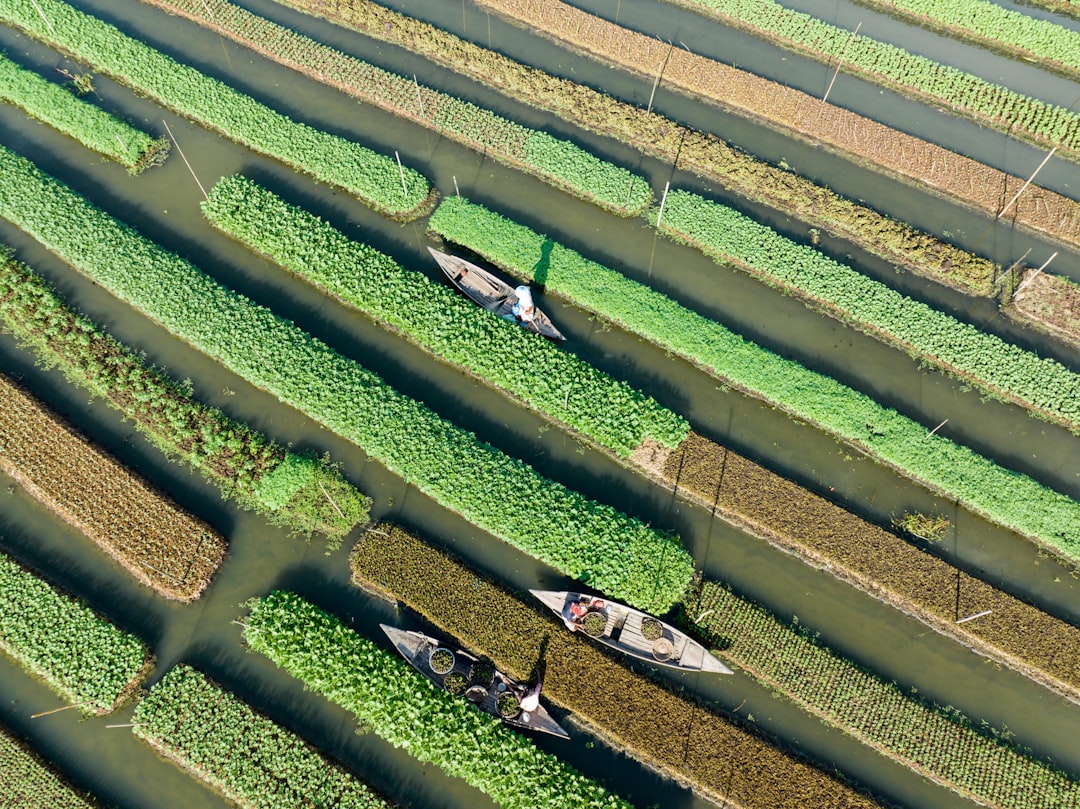
The interconnected nature of global food systems means that weather disasters in one region can affect food prices and availability worldwide. For example, projected increases in temperatures, changes in precipitation patterns, changes in extreme weather events, and reductions in water availability may all result in reduced agricultural productivity. Increases in the frequency and severity extreme weather events can also interrupt food delivery, and resulting spikes in food prices after extreme events are expected to be more frequent in the future. When you can’t predict the weather, it becomes nearly impossible to predict food prices or availability.
The global impact becomes even more apparent when you consider specific crop disasters. This drought ruined about half of Zimbabwe’s maize crop, BBC News reported in April 2024, while in India, late and particularly heavy monsoon rains damaged the country’s rice crop causing it to halt exports of some categories of rice. Export bans were expected to continue into 2024, according to Bloomberg. These regional weather disasters quickly become international trade issues, showing how local weather patterns now have global consequences.
Weather patterns are fundamentally reshaping agricultural productivity in ways that previous generations of farmers never had to contemplate. From the multi-billion dollar losses we’re seeing annually to the technological arms race for better forecasting, agriculture has entered an era of unprecedented weather-driven uncertainty. The data shows we’re not just dealing with random bad weather years anymore – we’re witnessing systematic changes that are forcing farmers to completely rethink how, where, and what they grow. What started as scattered reports of unusual weather has evolved into a comprehensive transformation of agricultural risk that’s costing tens of billions of dollars annually and threatening food security on a global scale.
